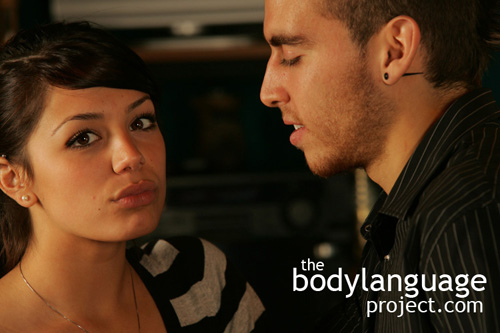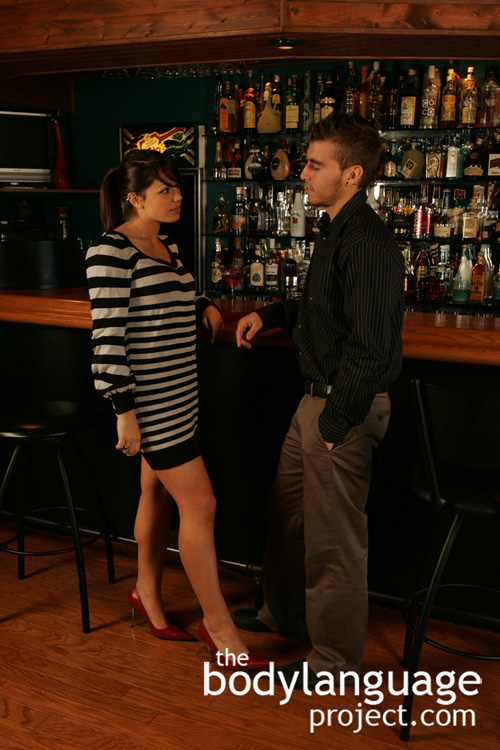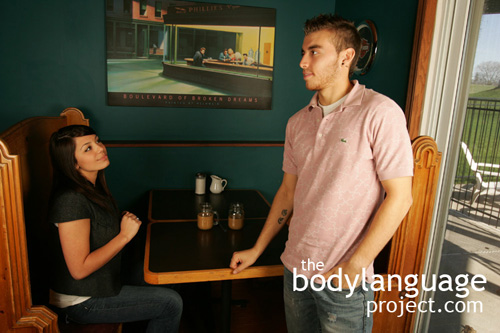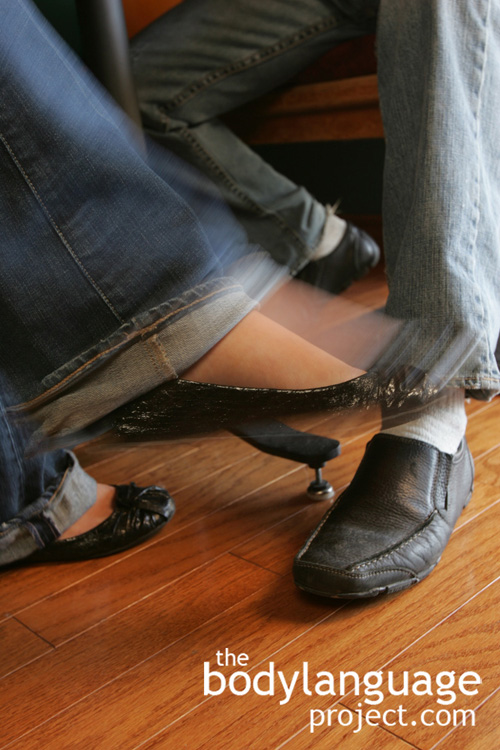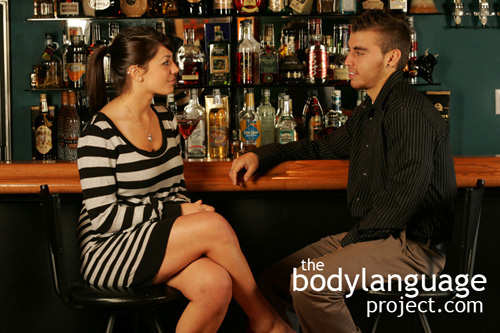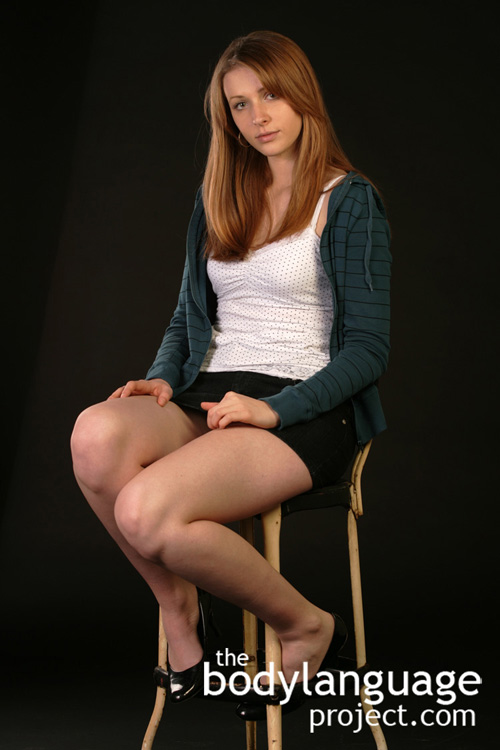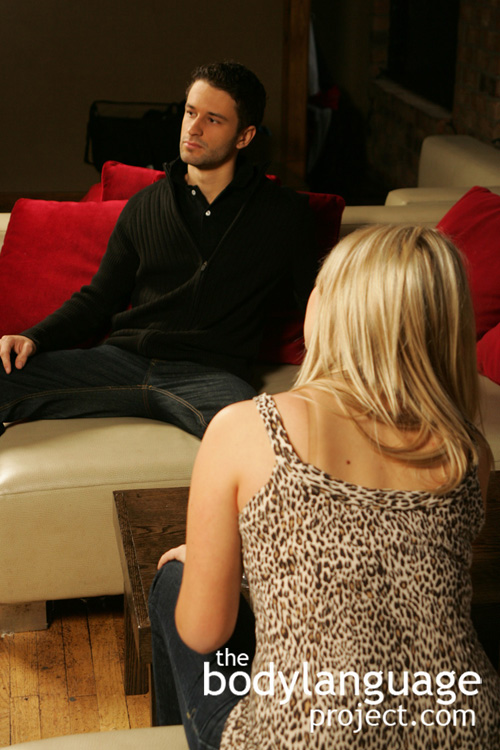Some researchers argue that deceptive messages requires more mental processing because one needs to create facts instead of simply recalling and describing them. In truth tellers emotion flows effortlessly, but those who are faking it, have to foster theirs and while liars are playing a role, truth tellers are just living. With an increase in pressure, such as one might experience during cross-examination in law proceedings, liars might be faced with an unexpected question catching them off guard. Pathological liars are constantly having to mentally catalog their lies and then entwine them with lies told previously which is confusing. This makes liars who are caught off guard more likely to delay responding and increase pauses as they attempt to create information while simultaneously comparing it to information otherwise presented. They must also compare information to possible information already known to the listener. It has been said that for every one lie originated, two to three other lies must be created to back it up. This can become mentally taxing and is a process not required of truth tellers. While pauses in speech are not definitive cues to deception by itself, since remembering the truth is sometimes difficult as well, pausing, when it is obvious that the answer should be known, can serve to betray a liar.
Thus, we can expect that when someone is caught with difficult questions that they should exhibit more nonverbal leakage and might even ‘appear’ to be thinking harder. Some researchers therefore have linked avoiding eye contact, or looking away to think as a signal of mental processing and lying. However, as we have seen, looking away sometimes helps us recall real to life events so this, in and of itself, is not an indication of lying. Using eye direction was outlined in an earlier section, but it’s important to note that baselining must first be accomplished for this to be anywhere near accurate. Right and left handed persons will look in different direction depending on whether they are creating information or recalling it.
A way liars use to reduce the work to carry out lies is to prepare the details in advance. In this condition we should expect more eye contact, gestures and overall movement because less stress is put on the mind, and so the body should appear more relaxed. When a liar is not afforded the time to prepare to tell a lie their movement should be less fluid and their behaviour should exhibit changes in frequencies especially nervousness. Liars that prepare their lies in advance will have fewer inconsistencies in their stories, but might appear overly rehearsed whereas liars that can’t prepare will seem to be over thinking. Thus when truth telling, there should be an inherent fluidity about the conversation. Other research tells us that liars are less forthcoming than truth tellers and tell less compelling tales. The stories they tell also have fewer ordinary imperfections and unusual contents.



